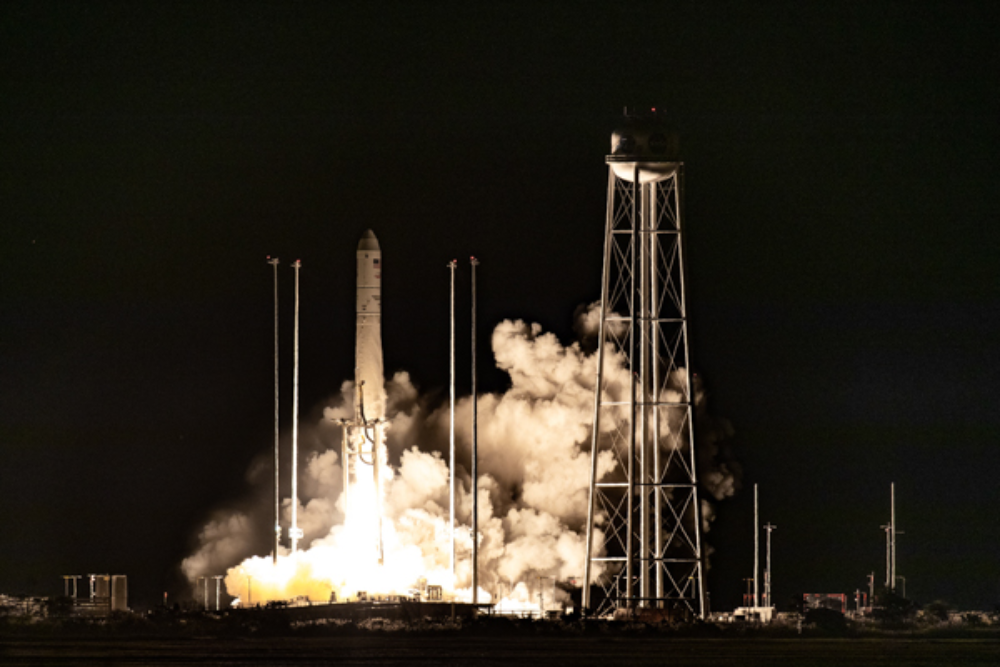As part of a study into fatigue and the impact on and risks it presents to spaceflight, NASA has released an app via the Apple App Store that will help scientists study what’s going on in the body when fatigue prevents a person from working safely.

NASA is interested in fatigue levels and its subsequent impacts on alertness. Obviously, if you’re an astronaut, NASA would prefer that you were awake and on the ball. But on long flights, such a space flights, astronauts will get tired, and alertness levels will vary. NASA wants to know at what point fatigue levels can become dangerous.
It has got the FAA interested as they see it having practical applications for pilots flying closer to the earth. NASA is making the app available to the general public, targeting people working in industries where fatigue is an issue. It means everyone has access to a standardized measuring tool and method with years of high-end laboratory experience incorporated into its design.
NASA releases app for anyone to use
The app itself is simple enough. The test measures a person’s reaction time to a visual signal. As soon as numbers begin scrolling on a screen, the user hits a button with their dominant thumb. The numbers show their reaction time in milliseconds, and when people start getting sleepy, they respond less quickly. The app also records when a tired person resorts to the wrong thumb or another finger.
“It sounds simple,” says Erin Flynn-Evans, head of the Fatigue Countermeasures Lab at NASA’s Ames Research Center. But it is a variation on the psychomotor vigilance task (PVT) that NASA already uses on the International Space Station to collect data from astronauts.
There are a lot of fatigue studies going on around the place. But NASA argues it is essential to have consistent and reliable data. That’s one reason why NASA is releasing this app. They want airlines and research institutions studying fatigue to all get on the same page.
“In a recent study using the app, we were able to collect thousands of tests from pilots, where most prior efforts might have obtained only a fraction of that,” says Ms Flynn-Evans.

Just the thing for flights like the Qantas Project Sunrise flights
It’s the sort of app an airline like Qantas might have jumped on 12 months ago. At the time, Qantas was beginning to operate its Project Sunrise research flights. They outfitted crew on the ultra-long-haul flights with wearable technology devices, enabling them to participate in specific experiences at varying stages of the 19-hour plus flights.
Pilots wore an EEG (electroencephalogram) device that tracked brain wave patterns and monitored alertness. Qantas wanted to establish data to assist in building the optimum work and rest pattern for pilots operating ultra-long-haul flights.

‘It’s about using scientific research to determine the best opportunities to promote alertness when they are on duty and maximize rest during their downtime on these flights,” said Qantas’ Alan Joyce at the time.
That’s precisely the sort of environment NASA thinks its new app would work well in. The space agency is counting on its prestige and brand power to get people using it. But they reckon the more that people and organizations do it use, the more good quality data that will come in, and that helps everyone trying to deal with fatigue and the risks it presents in the workplace, airborne or not.
[ad_2]
Source link


